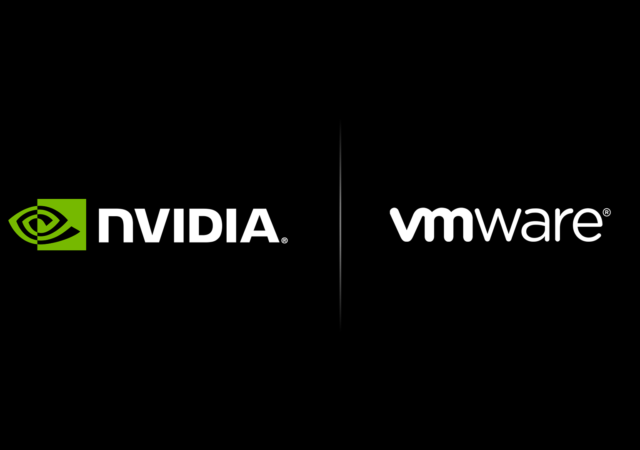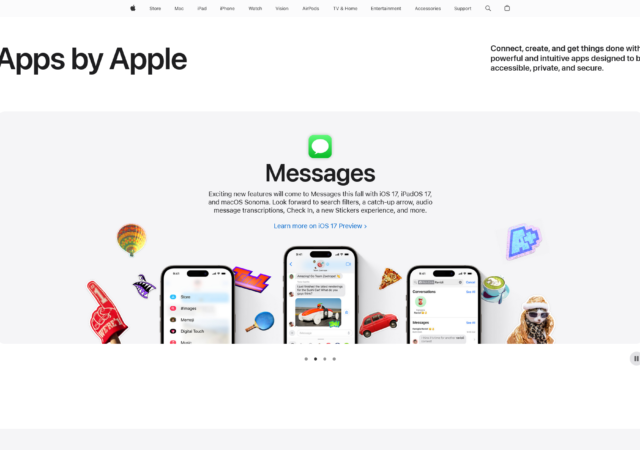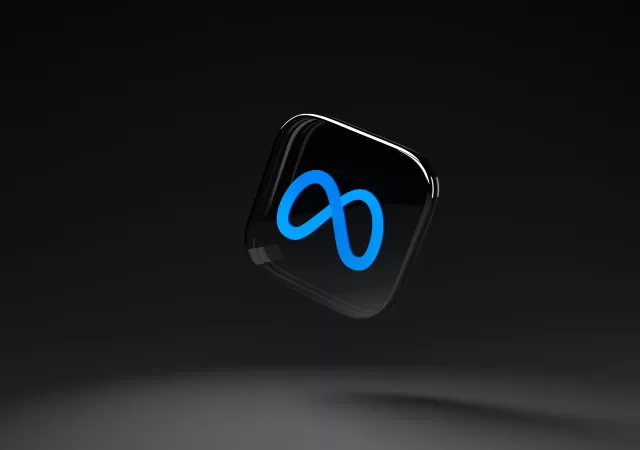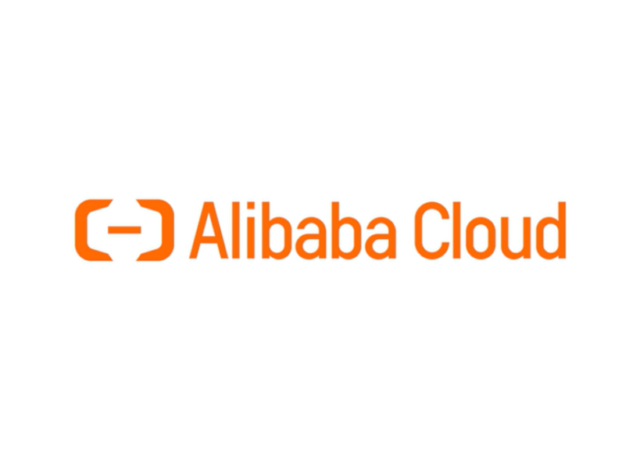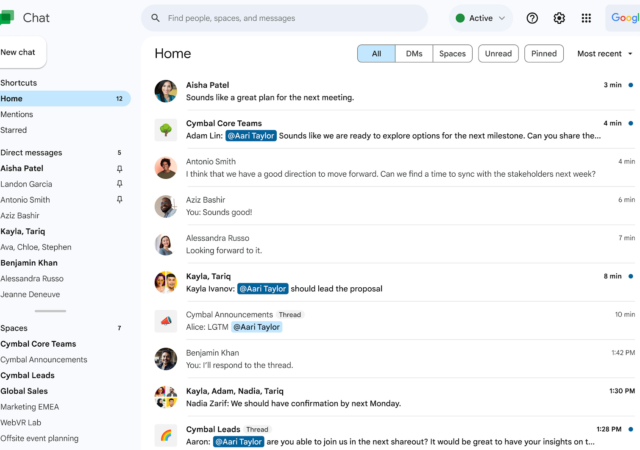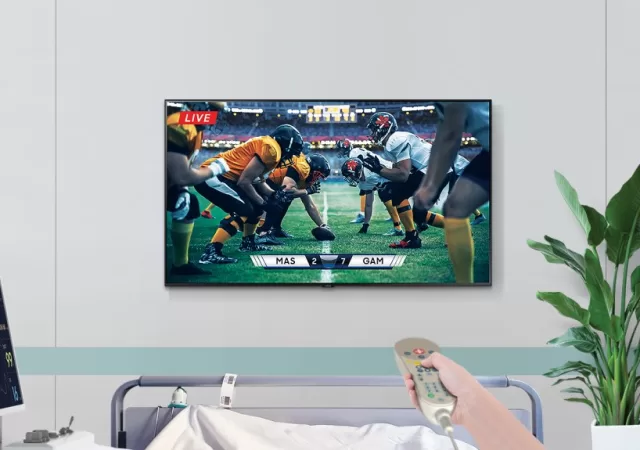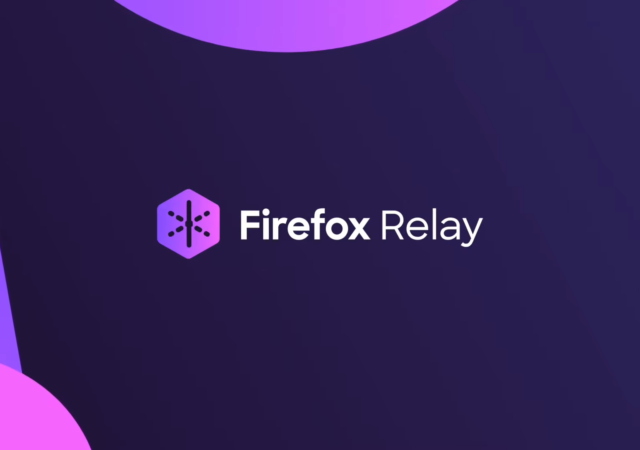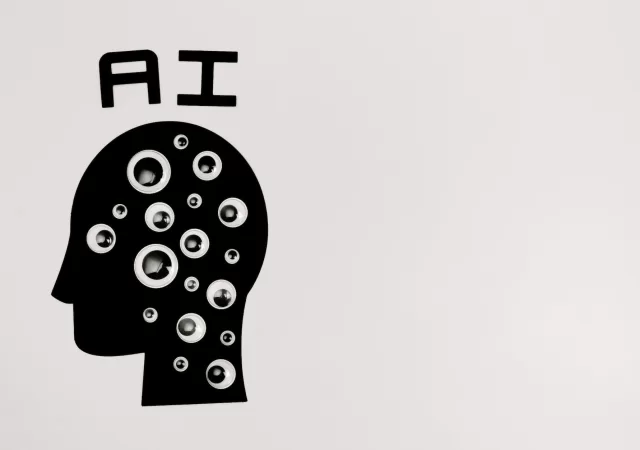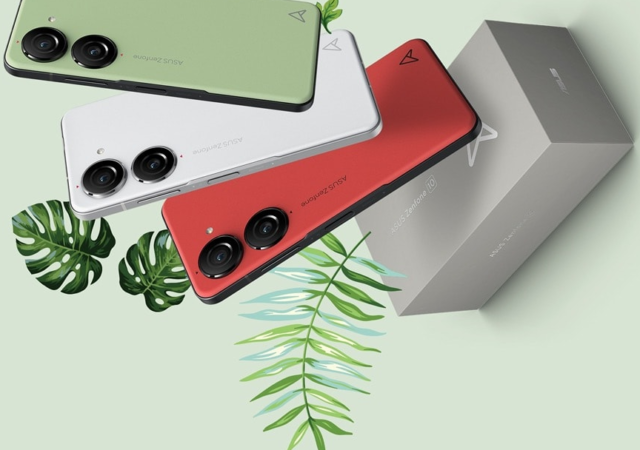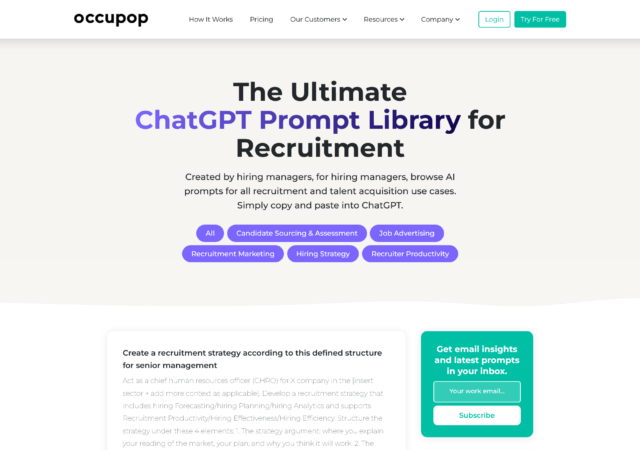VMware and NVIDIA have expanded their partnership to introduce VMware Private AI Foundation with NVIDIA, a platform designed to usher enterprises into the generative AI era.
Apple Showcases Its In-House Apps on New ‘Apps by Apple’ Page
Apple silently updates its website with an “Apps by Apple” page which showcases its in-house apps as a looming regulatory change may change how it manages apps.
Alibaba Cloud Unveils Open-Source AI Models for Understanding Images and Text
Alibaba Cloud has recently introduced two open-source large vision language models: the Qwen-VL and the Qwen-VL-Chat. These models are designed to understand both images and text, making them versatile tools for various tasks in both English and Chinese. Qwen-VL understands…
[Google Cloud Next] Google Chat Gets New Features & Plays Nice with Slack & Teams
Google Chat is getting some big updates that take significant strides to better the user experiences and add interoperability across platforms. Google Chat will soon be able to Duet you and help you collaborate even better with your coworkers. Duet…
Samsung Unveils Specialized TVs for Healthcare Industry
Samsung unveils two TV models specially designed to maximise patient comfort and functionality in healthcare environments.
Mozilla Enhances Online Privacy with Firefox Relay Integration
Mozilla integrates Firefox Relay into its Firefox browser as a native function allowing users to be able to take control of their privacy from the get go.
Nutanix Announces Generative AI Solution ‘GPT-in-a-Box’
Nutanix GPT-in-a-Box is designed to make it easy for businesses to get started with generative AI, even if they are not tech savvy.
ASUS Refutes the End of the Zenfones
ASUS refutes reports that its Zenfone series has been cancelled amidst an ongoing company restructuring process.
Occupop Brings ChatGPT to the Recruitment Table with Its ChatGPT Prompt Library
Occupop brings ChatGPT into the recruiting process with its “ChatGPT Prompt Library” allowing HR practitioners to incorporate AI into their workflow.



